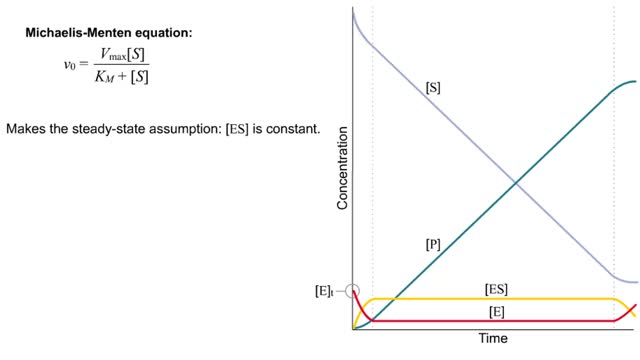ETC Protein Complexes & Chemiosmosis (Total ATP Production and ATP Synthase)
By: HWC
Date Uploaded: 03/12/2020
Tags: homeworkclinic.com Homework Clinic HWC ETC Protein Complexes chemiosmosis Total ATP Production ATP Synthase FADH2 NADH glucose glycolysis Krebs cycle
You will notice that FADH2 donates two electrons further downstream than NADH. This results in only two protons being pumped across the inner membrane. The final electron acceptor for these transported electrons is oxygen. Oxygen receives these electrons, plus protons from the aqueous matrix. A water molecule is formed for every two electrons captured by oxygen. The pumping of protons from the matrix to the intermembrane space results in an accumulation of protons in the intermembrane compartment. The buildup of protons is like water behind a dam, with potential energy of the protons stored in this location. To harness this potential energy, protons diffuse or flow through the ATP synthase complex, where their energy is harvested to form ATP. ATP formation occurs as protons move downhill through this complex. We are now ready to tally the number of ATPs that have been produced from one molecule of glucose. Let's review: NADH is produced in three different pathways: one, during glycolysis; two, during the transition reaction linking glycolysis with the Krebs cycle; and three, in the Krebs Cycle. A small amount of ATP is produced by direct substrate-level phosphorylation in glycolysis and the Krebs cycle. The remaining ATP is produced by chemiosmosis in the electron transport chain. FADH2 is produced in only one location: the Krebs cycle. The NADH produced in the cytoplasm during glycolysis is capable of producing 2 ATPs per NADH molecule. However, the NADHs produced in the Krebs cycle are capable of producing 3 ATPs per NADH molecule. Each FADH2 molecule is capable of producing 2 ATPs per FADH2 molecule.
Add To
You must login to add videos to your playlists.
Advertisement












Comments
0 Comments total
Sign In to post comments.
No comments have been posted for this video yet.